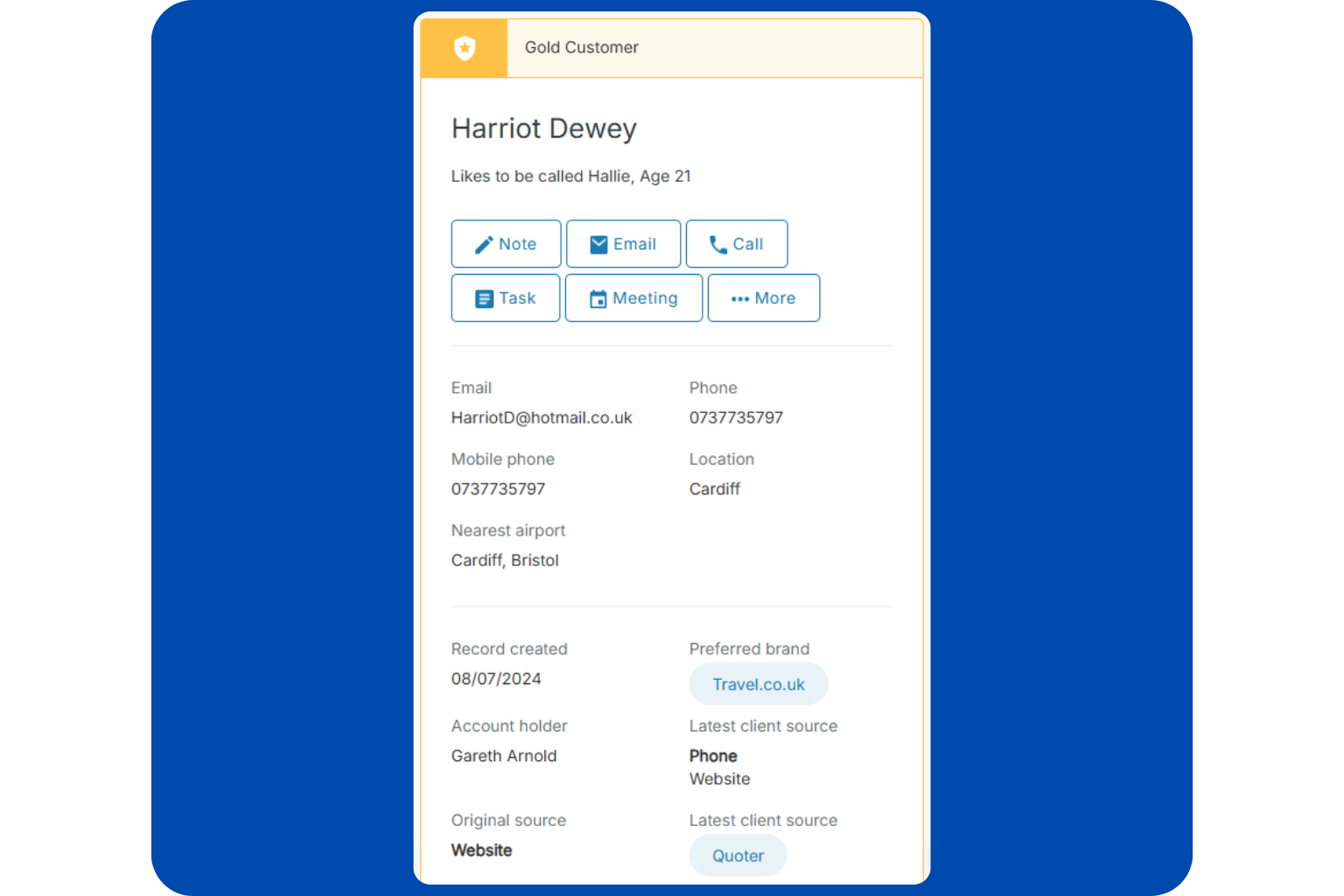A study from Microsoft found that office workers who heavily use their email spend an average of 8.8 hours per week managing their inbox.
Now imagine how much time a call centre agent or customer service representative must spend handling emails after every customer call.
In a fast-paced, customer-facing industry, post-call workflows – especially follow-up emails – can make the difference between a happy and unhappy customer.
But AI is changing that.
In this article, we’ll show you how to use AI to write an email, helping to streamline your teams’ post-call workflows utilising Sense, our game-changing AI-powered call centre tool.

AI is still a relatively new concept to many workplaces, and hesitation to adopt AI is common. Particularly in call centres where agents are concerned they'll be replaced by AI.
However, by delaying the implementation of this revolutionary tool, these workplaces are missing out on efficient, time-optimised workflows that improve both customer experience and employee satisfaction.
So, let’s take a closer look at the typical steps for a manual post-call process:
1. Referring to Call Notes
Firstly, the agent will need to review their notes, which, even when typed out quickly, take valuable time and may be incomplete or inaccurate.
2. Logging the Interaction
Next, the agent needs to summarise the call, determine the next steps, and log the interaction in their internal system.
3. Composing the Follow-up Email
Finally, the post-call email. Even with a template, each call and experience is different. So, the agent must ensure to personalise and craft each message while ensuring accuracy.
That’s a lot to manage in between calls.
The problem with this system is that it causes unnecessary delays, increasing the risk of agent fatigue, slips in compliance, and inconsistency.
With the help of AI, post-call emails can be a much quicker and simpler process.
So, do you want to know how to use AI to write an email and streamline post-call workflows?
That’s exactly where our AI-powered program, Sense, comes in.
Designed specifically for call centres and customer service teams, Sense’s capabilities are endless, empowering agents with advanced tools for metrics, reporting, reviews – and of course, automated workflows, such as creating follow-up emails.

Here’s how Sense can be used to write an email:
1. Automated Call Transcription
There’s no need for note-taking during calls with Sense, thanks to the program’s ability to transcribe calls verbatim.
2. AI Call Analysis & Summaries
Sense can also create call summaries. The program analyses the conversation and provides the key points, extracting all the important information.
3. Auto‑Generated Follow-Up Emails
Utilising the call transcription and summary, Sense can then draft a personalised email based on the call. Additional features can also be integrated, such as auto-send and email reminders.
Now you know how to use AI to write an email with Sense. But what are the benefits?
1. Response Time
When call centres utilise Sense, agent response time greatly improves.
When the manual task responsibility of checking notes, logging the interaction, and writing the email is given to AI, the post-call workflow is streamlined for optimal efficiency.
This means that no time is wasted, so customers can receive an email response faster, and customers waiting in the call queue can be engaged more quickly.
2. Customer Experience
In turn, the customer experience and satisfaction increase. Agents are often met with frustration and upset from customers, as they want their issues resolved quickly and easily.
Therefore, when Sense is used and response time becomes quicker, customers aren’t put under unnecessary stress waiting to have their problem heard and solved.
3. Standardisation
Also aiding response time and customer satisfaction is Sense’s ability to standardise content, including emails, call transcriptions, and call summaries.
A high level of standardisation ensures accuracy and consistency, meaning agents can rest easy that every follow-up email is personal and correct.
4. Productivity
Finally, all this helps with agent productivity as their time isn’t being wasted on tasks which can be easily automated by AI.
As a result, agents can take more calls per day and spend more time engaging their customers without the added pressure of trying to take accurate notes.

Ready to see how Sense can boost your team’s productivity and streamline your email workflows?
Book a demo with one of our friendly team members and discover how AI automation can transform your post-call processes, from transcription to email follow-ups and beyond.


